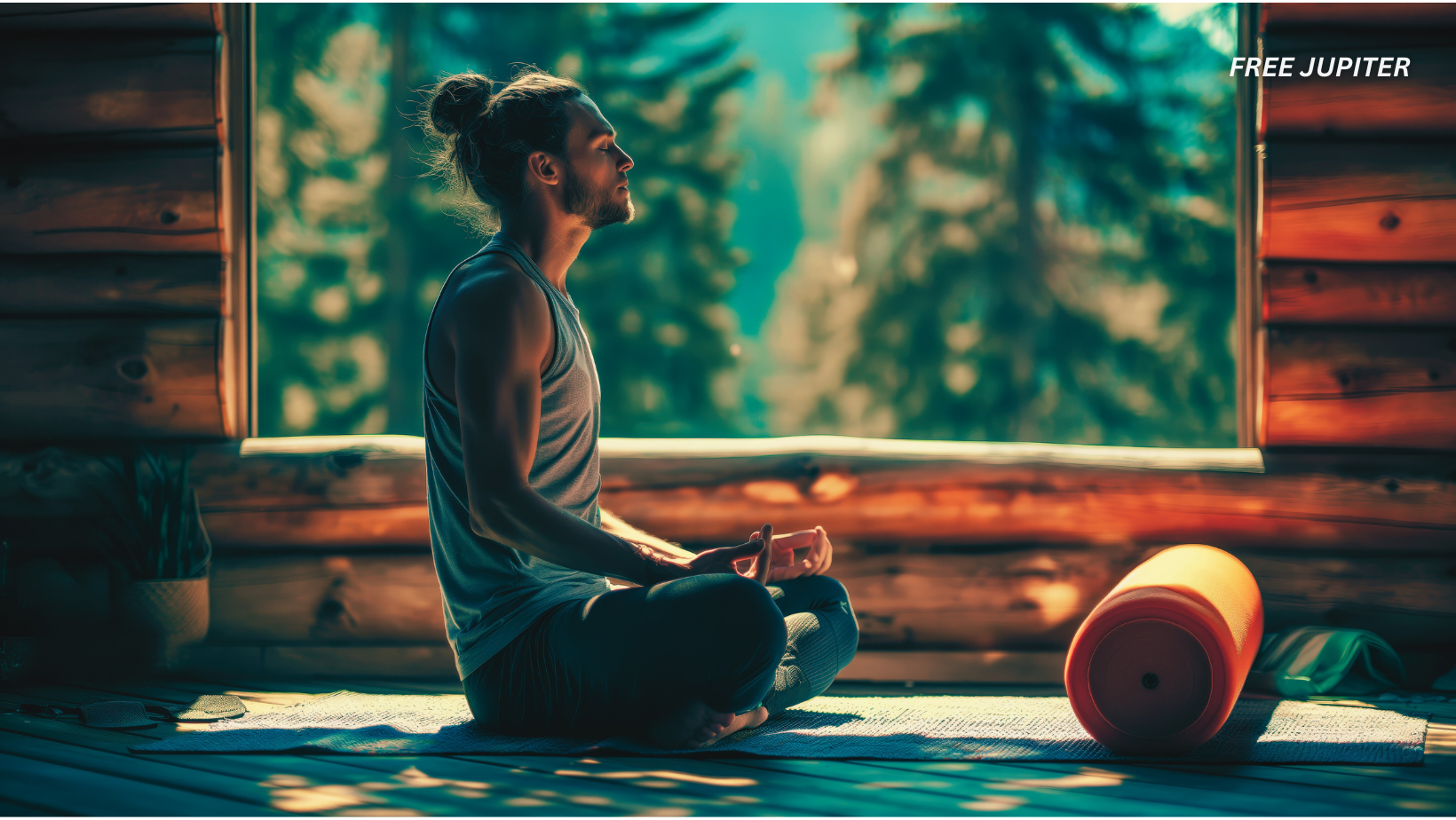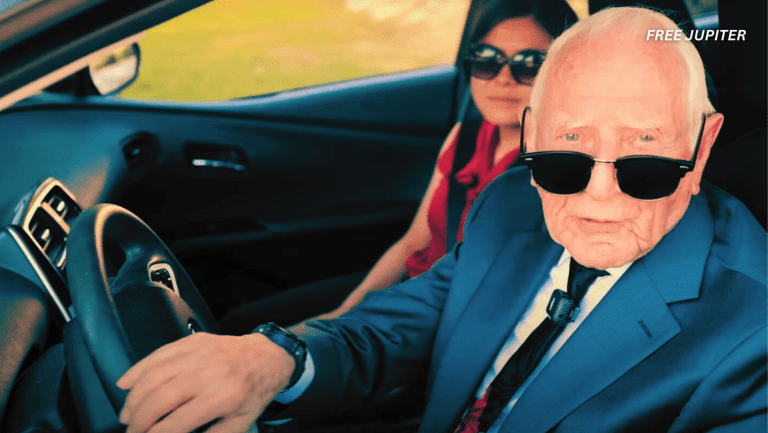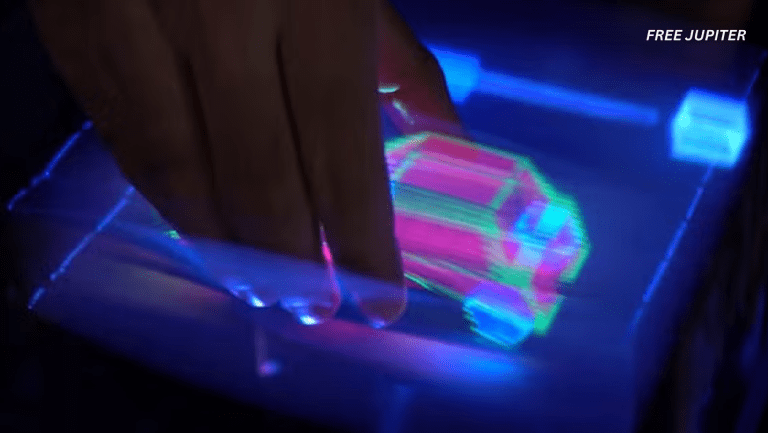In the whirlwind of modern life, stress and anxiety have quietly become constant companions for many. The daily hustle, endless responsibilities, and digital overload are taking a toll. The mind, often overwhelmed, struggles to find moments of peace.
Anxiety disorders are no longer considered rare. They are now the most frequently diagnosed mental health issue in the United States. According to recent data from the National Alliance on Mental Illness (NAMI), more than 40 million adults are affected. The consequences are far-reaching, often impacting sleep, concentration, mood, and overall health. When left unchecked, long-term anxiety may even increase the risk of cognitive decline and conditions such as dementia.
Yet in the midst of all this, hope can be found in something surprisingly simple: the breath.
Dr. Emily Carter, a seasoned mental health expert known for her work in anxiety management, has been encouraging a quiet revolution. It doesn’t require expensive therapy sessions or medication. It begins with a simple, intentional practice—breathing.
Yes, breathing.
More specifically, Dr. Carter recommends the use of a calming technique known as the 4-7-8 breathing method. Though it may sound too easy to be effective, this method has gained credibility among mental health professionals for its ability to soothe the mind almost instantly.
“Anxiety changes the way we breathe,” Carter explained. “It makes our breath shallow and rapid, which sets off the body’s natural stress alarm. The nervous system switches into high alert. What the 4-7-8 method does is very intentional—it interrupts that process. It tells your brain and body to slow down, to calm down.”
The technique is simple, but the science behind it is powerful. First introduced to the mainstream by Dr. Andrew Weil, a pioneer in integrative medicine, this breathing method draws from ancient yogic practices. It focuses on regulating the breath in a controlled manner, thereby influencing the body’s physiological response to stress.
And the results? Remarkable.
Research and anecdotal reports have shown that this technique can reduce anxiety levels by as much as 20% after just a few rounds. What makes it even more appealing is its accessibility—no special equipment or environment is required. It can be done from anywhere, at any time.
Read more:Dietician Reveals 6 Foods That Fight Chronic Pain Naturally — And 3 To Avoid
So how exactly does it work?
The 4-7-8 breathing method is rooted in activating the parasympathetic nervous system, the body’s natural “rest and digest” mode. When this system is triggered, heart rate slows, blood pressure stabilizes, and a sense of calm begins to set in.
Dr. Carter explained it like this: “Imagine your body as a vehicle with two gears—one for ‘go’ and one for ‘slow’. Anxiety keeps you stuck in ‘go’. The 4-7-8 technique helps shift you back into ‘slow’. It’s a reset button for your nervous system.”
Here’s how the 4-7-8 breathing technique is done:
- Find a quiet space. Sit or lie down in a comfortable position.
- Close your eyes gently and clear your thoughts.
- Inhale through your nose for four seconds. Focus on the feeling of air filling your lungs.
- Hold your breath for seven seconds. Let your body fully absorb the oxygen.
- Exhale slowly through your mouth for eight seconds. Let go of tension with each breath out.
- Repeat this cycle four to six times. Stay present. Let each breath guide you deeper into relaxation.
Carter emphasized consistency over intensity. This practice is most effective when done twice daily—once in the morning before the day’s demands begin, and again at night, to encourage restful sleep.
“It’s not about perfection,” she noted. “It’s about presence. Even if your mind wanders, keep coming back to the breath.”
The technique itself might be simple, but the effects can be profound. Over time, with regular practice, individuals often report a greater sense of control over their emotional responses. A calmer body often leads to a calmer mind.
And it’s not just experts who are paying attention.
A spokesperson for JM Entertainment, a company devoted to creating family-friendly leisure experiences, highlighted the growing role of mindfulness in entertainment. “Relaxation is a core part of what we offer,” the spokesperson said. “Entertainment isn’t just about distraction—it’s about healing. Incorporating mindful breathing practices into games, stories, or immersive experiences allows families to unwind together.”
Read more: The Reason You Should Eat Every 4 Hours, According to a Gastroenterologist
It seems the concept of wellness is expanding, no longer limited to yoga studios or therapy rooms. The fusion of mental health tools with everyday leisure is a trend that’s gaining momentum—and breathing techniques like 4-7-8 are at the heart of it.
What’s perhaps most reassuring is how accessible this method truly is. In a world where mental health solutions can feel out of reach for many due to cost, time, or stigma, here is a tool that is free, immediate, and easy to learn.
Even five minutes a day can make a difference.
Experts suggest that beginners start slowly. One round in the morning and one at night is a great way to begin. Gradually, the duration can be extended. Within weeks, many notice they sleep better, feel less overwhelmed, and are better able to handle daily stressors.
What happens behind the scenes during this technique is fascinating. When the breath is controlled in a pattern like 4-7-8, the vagus nerve is stimulated. This nerve is directly tied to the parasympathetic nervous system and has a key role in managing heart rate, digestion, and mood. A calm vagus nerve often leads to a calm brain.
Breathing is a tool that’s often overlooked because of its simplicity. But its power lies in just that—its simplicity. It’s always available, quietly waiting to be used.
Dr. Carter’s advice for those struggling with anxiety is clear: begin with the breath. “We look outside ourselves for answers,” she said, “but sometimes, the most powerful medicine is already within us.”
The technique requires no appointments, no waiting rooms, no prescriptions. Just a willingness to pause.
Read more: Scientists Have Discovered New Cannabis Compound That May Replace Opioids
For those living with anxiety, every day can feel like a mental marathon. The weight can be invisible but heavy. The mind may race. The body may feel tense. The heart might beat a little faster than it should. But by incorporating mindful breathing, a small but meaningful step toward healing can be taken.
This method is not a cure-all. It’s not intended to replace professional therapy or medication. But it is a strong complement. A starting point. A moment of stillness in the storm.
Mental health professionals continue to explore integrative approaches, and the role of breathing is becoming a cornerstone in that conversation. As science catches up with ancient wisdom, techniques like 4-7-8 are gaining renewed respect.
In schools, workplaces, and homes, this quiet practice is being embraced. Some companies have even introduced short breathing breaks during meetings. Classrooms are beginning to teach students the value of breathwork in managing emotions. It’s a movement fueled not by hype but by results.
The breath is a gateway. A path back to the present. A bridge between the body and the mind.
So if anxiety has been a daily visitor, this method might be the gentle push needed to reclaim a sense of peace.
All it takes is a few quiet moments.
Inhale for four. Hold for seven. Exhale for eight.
And repeat.










